Product Overview
Aerocort Inhaler is used to manage asthma symptoms such as shortness of breath and wheezing. It helps relax the muscles surrounding the airways, making it easier for air to flow into the lungs.
Your healthcare provider will determine the appropriate dosage and frequency based on your condition. It’s essential to use the lowest dose that effectively controls your symptoms. While some improvements may appear within a few days, the full effect may take a few weeks of consistent use. Regular usage is important even if you are symptom-free, as this helps maintain control over your asthma. Do not use this inhaler to treat sudden asthma attacks—keep a fast-acting reliever inhaler for emergencies. Proper inhaler technique is key to ensuring the medicine is effective, so follow your doctor’s instructions closely.
Some commonly observed side effects include hoarseness, sore throat, mouth fungal infections, respiratory infections, headaches, and muscle cramps. These effects are typically mild and may resolve as your body adjusts. Rinsing your mouth or brushing your teeth after use can help reduce oral side effects. If side effects persist or cause concern, consult your doctor. Additionally, avoid triggers such as smoke and allergens that can worsen asthma symptoms.
Consult your doctor before using this medicine if you are pregnant or breastfeeding. Inform your doctor about any liver or kidney issues so that they can adjust the treatment if needed.
Uses
Asthma management
Benefits
For Asthma
Asthma leads to narrowing of the airways, making breathing difficult. Aerocort Inhaler helps by widening the airways and relaxing the muscles around them. This provides relief from symptoms such as chest tightness, coughing, wheezing, and shortness of breath. Along with medication, regular exercise and yoga may support long-term respiratory health and overall well-being.
Possible Side Effects
Most side effects are temporary and don’t require medical intervention, but consult your doctor if they persist or cause concern.
Common side effects include:
Sore throat
Hoarseness
Headache
Dizziness
Nausea or vomiting
Bronchitis
Dry mouth
Cough
Oral thrush
Throat irritation
Upper respiratory tract infection
Fever
How to Use
Before using, carefully read the instructions on the label. Shake the inhaler well. As you breathe in through your mouth, press the inhaler once to release the medication and hold your breath for 10 seconds. Repeat as directed by your doctor. After use, rinse your mouth thoroughly with water and spit it out.
How It Works
The inhaler contains two active ingredients—Levosalbutamol and Beclometasone. Levosalbutamol relaxes the muscles around the airways, allowing them to open up. Beclometasone is a steroid that reduces inflammation by blocking substances that cause swelling in the airways. Together, they ease breathing and help control asthma symptoms.
Safety Advice
Alcohol:
Avoid alcohol while using this inhaler, as it may increase drowsiness.
Pregnancy:
Consult your doctor before use. While human studies are limited, animal studies suggest possible risks to the unborn baby. Your doctor will evaluate the benefits and risks.
Breastfeeding:
The medicine is likely safe when prescribed, but consult your doctor as limited data is available.
Driving:
No known interactions have been established, but monitor how you feel before driving.
Kidney and Liver Conditions:
No significant interactions have been reported, but it is important to inform your doctor if you have existing kidney or liver problems.
Vendor Information
- Address:
- No ratings found yet!






























































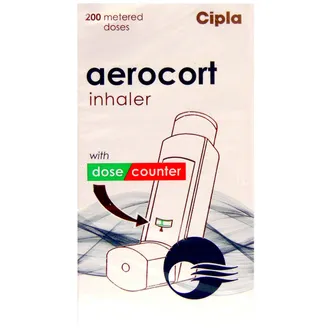
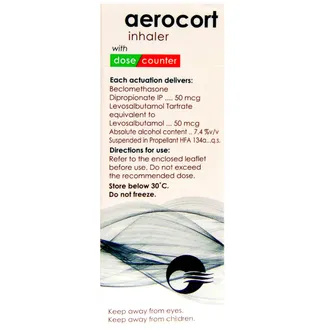
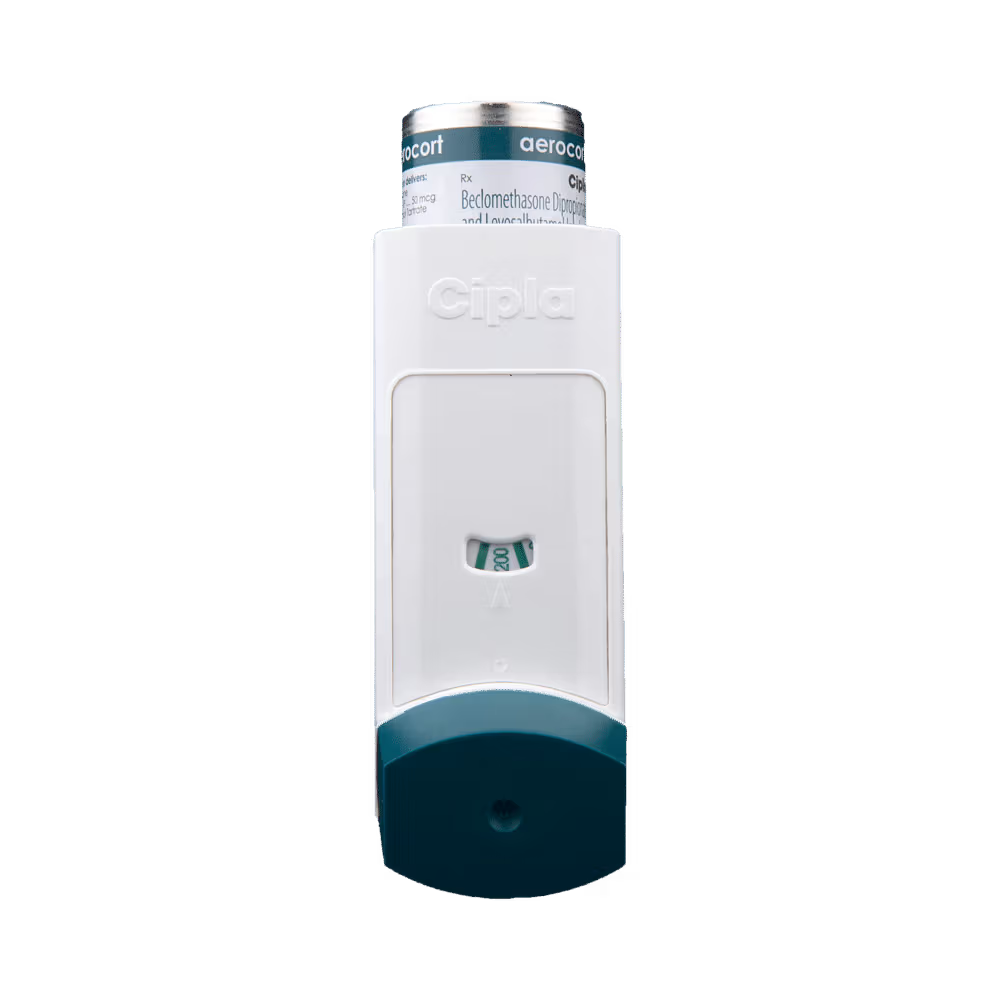
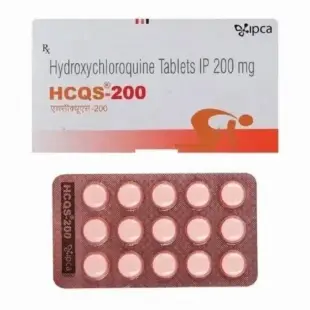
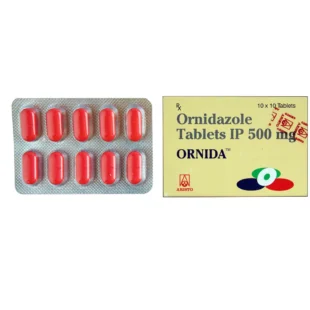
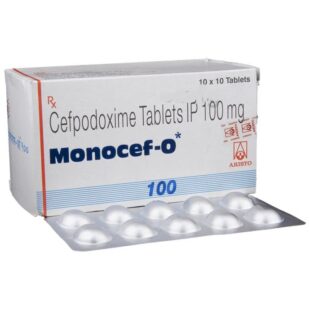
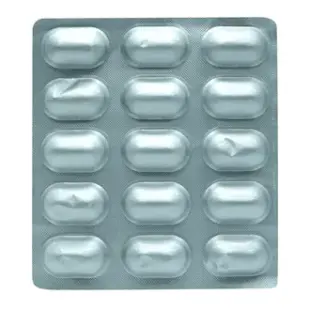
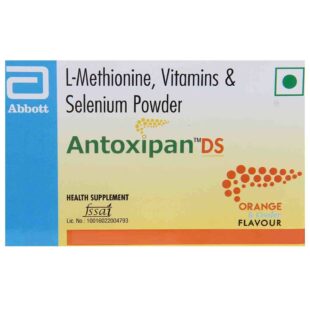

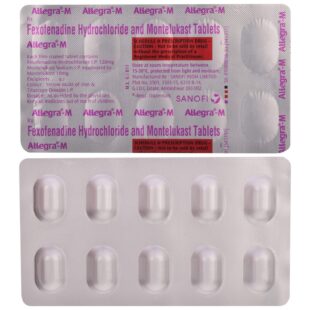
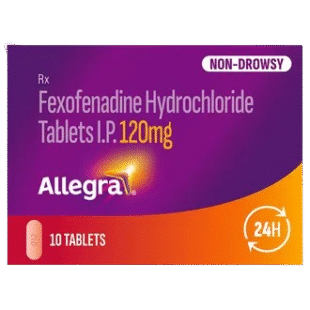
Reviews
There are no reviews yet.